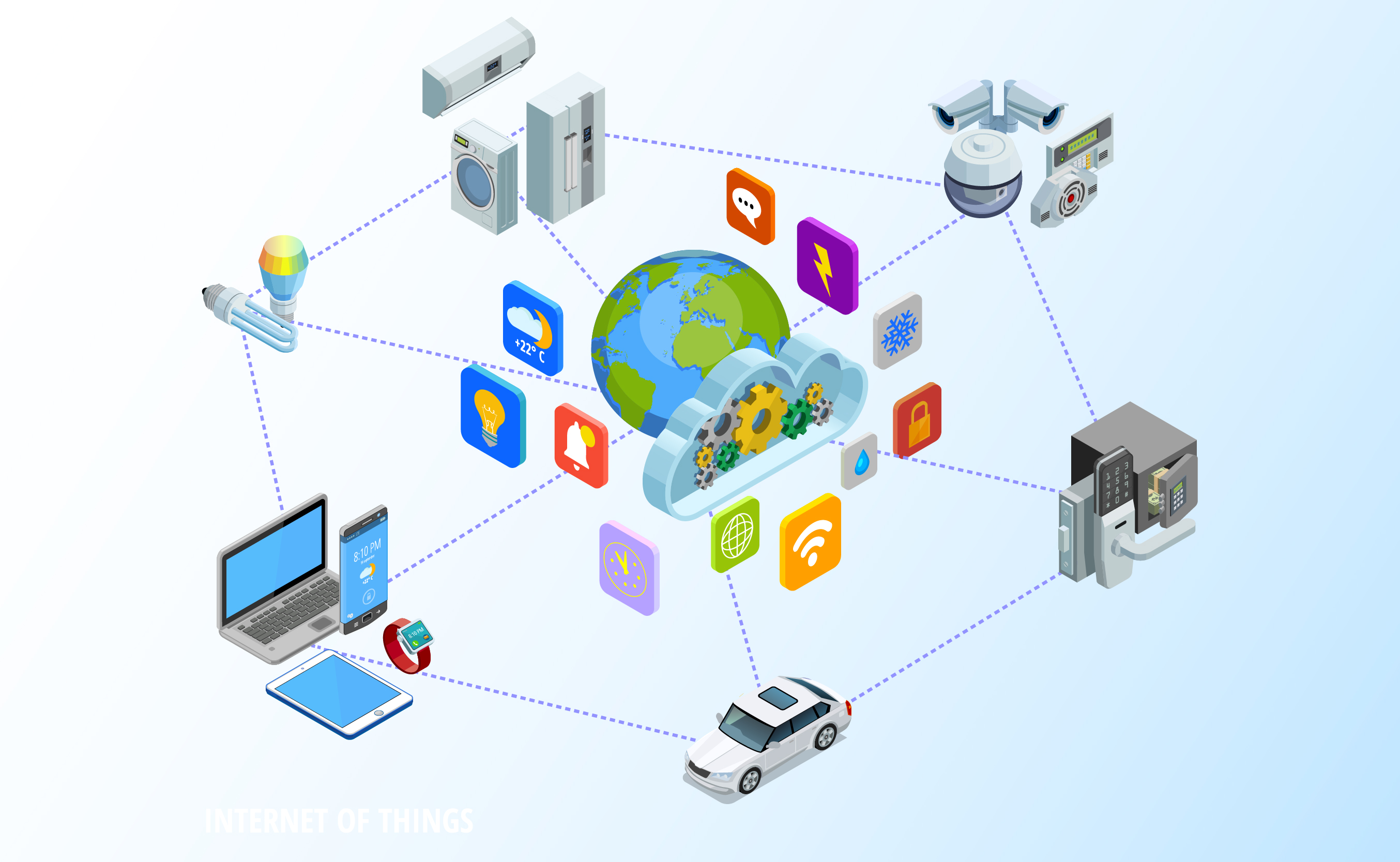
Early Stages of Remote Access
In the first days of IoT, remote access was rudimentary. Devices were often managed through local networks, and accessing them remotely required complex setups like virtual private networks (VPNs) or manually configured firewalls. These methods weren't user-friendly and limited the reach and potential of IoT devices remote monitor iot. Handy remote control was typically limited to simple commands like turning a tool on or off, with limited real-time feedback. This stage highlighted the requirement for more seamless and secure access to devices from anywhere.
The Shift to Cloud-Based Platforms
The rise of cloud computing was a turning point in the evolution of IoT. Cloud platforms provided a centralized solution for connecting, managing, and accessing IoT devices. By leveraging the cloud, users could remotely control devices via a web interface or mobile app without the need for complex configurations. This simplified the procedure, allowing broader adoption of IoT across industries like smart home technology, agriculture, and logistics.
In addition to ease of use, cloud platforms brought scalable data storage and processing power, enabling IoT devices to transmit vast amounts of data for analysis in real time. Companies like Amazon Web Services (AWS), Microsoft Azure, and Google Cloud emerged as leading providers of IoT cloud solutions, offering the infrastructure for remote access and device management.
Advancements in Connectivity: 4G, 5G, and Beyond
With the development of 4G and later 5G networks, IoT remote access evolved from basic control functions to real-time data transmission with minimal latency. These advancements allowed IoT devices to communicate more proficiently, even yet in remote areas. This is particularly beneficial in sectors like agriculture, where devices such as drones, sensors, and automated machinery needed reliable, high-speed connectivity.
5G, specifically, brought the promise of ultra-low latency, massive device connectivity, and enhanced reliability, enabling applications that have been previously impossible. As an example, remote surgery in healthcare, autonomous vehicles, and smart cities rely on 5G-enabled IoT for mission-critical operations where every millisecond counts.
Enhanced Security Measures
As remote access to IoT devices became more widespread, cybersecurity became a high concern. The more connected devices became, the more vulnerable they were to attacks, including unauthorized access, data breaches, and device manipulation. Early security measures were minimal, often restricted to basic password protection. However, as IoT adoption grew, so did the sophistication of cyber threats.
The evolution of IoT security involved several key developments:
- End-to-End Encryption: Ensures that data transmitted between devices and the cloud is secure, protecting sensitive information from interception.
- Multi-Factor Authentication (MFA): Adds an extra layer of security for accessing devices and platforms.
- Blockchain Technology: Being explored as a means to secure IoT networks by giving decentralized, tamper-proof ledgers for device communication and data exchange.
These advancements helped build rely upon IoT systems, particularly in industries with stringent security requirements such as healthcare, finance, and critical infrastructure.
Edge Computing and Fog Computing
As IoT devices proliferated, the total amount of data they generated skyrocketed. This created challenges for cloud-based systems, including latency issues and bandwidth constraints. Enter edge computing and fog computing, which brought data processing nearer to the devices themselves. In place of sending all data to a centralized cloud, edge computing processes data at or near the origin, enabling faster decision-making and reducing the burden on network infrastructure.
Fog computing extends the edge model by distributing processing across multiple nodes, that may include routers, gateways, and other intermediary devices. This approach optimizes remote access in IoT by improving response times, particularly for time-sensitive applications like industrial automation, where delays might be costly.
Artificial Intelligence and Machine Learning in Remote Access
The integration of AI and machine learning (ML) has added another layer of sophistication to remote access in IoT. These technologies enable devices to be autonomous, letting them analyze data, detect patterns, and even predict failures before they occur. In industrial IoT (IIoT), as an example, predictive maintenance is a game-changer. Devices equipped with AI and ML can monitor themselves and alert operators of potential issues, minimizing downtime and reducing costs.
With AI-powered remote access, devices can also be intuitive and user-friendly. As an example, smart home systems now use AI to master user preferences and automate tasks, such as adjusting lighting or temperature based on historical usage patterns.
The Future of Remote Access in IoT
Looking ahead, remote access in IoT is poised to evolve even further. The continued expansion of 6G networks, advancements in AI, and the rise of quantum computing are anticipated to redefine the landscape. We might see much more decentralized architectures, greater device autonomy, and new applications in industries like healthcare, manufacturing, and smart cities.
Moreover, the focus on privacy and security will simply grow, with regulations and standards evolving to make sure safe and responsible IoT deployments. Technologies like zero-trust architecture may be common, requiring continuous verification of device identities and access.
Conclusion
The evolution of remote access in IoT has been a journey from simple, local control to a sophisticated, cloud-based, and AI-driven ecosystem. As technology continues to advance, remote access will play a critical role in unlocking the entire potential of IoT, enabling better, intelligent, and secure interactions with the connected world. The near future promises much more exciting developments, with remote access becoming an intrinsic section of both our personal and professional lives.